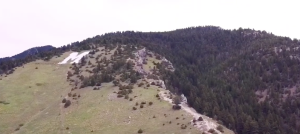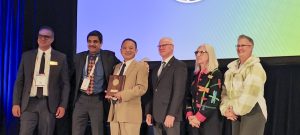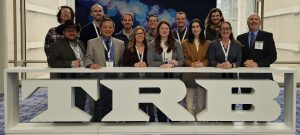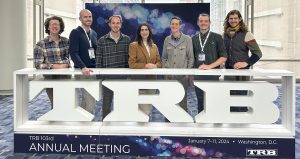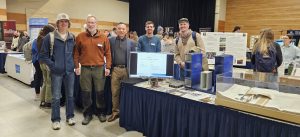Montana State’s WTI awarded $6.4 million by federal Transportation Department for workforce development
MSU News Service; Skip Anderson October 30, 2024 BOZEMAN — The U.S. Department of Transportation has awarded the Western Transportation Institute at Montana State University



